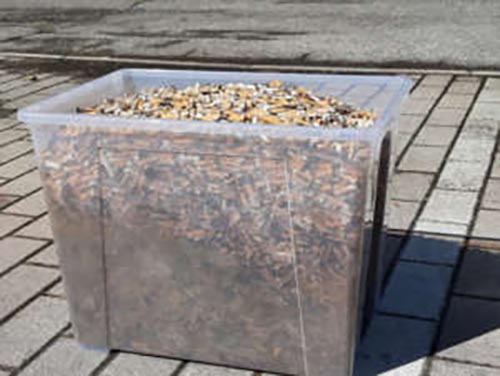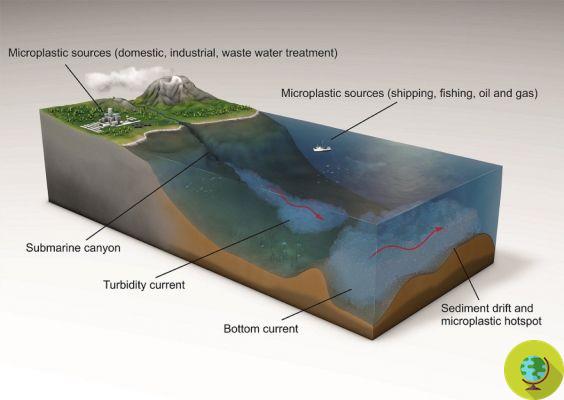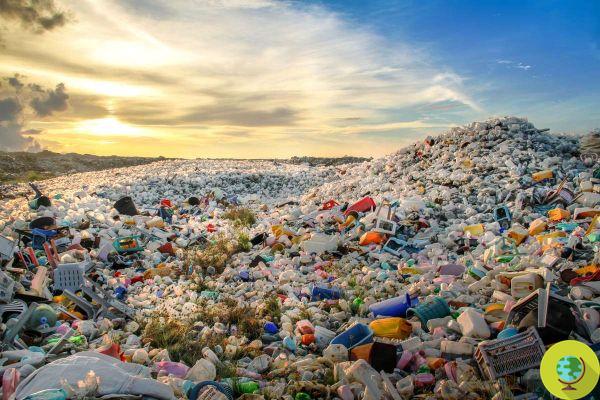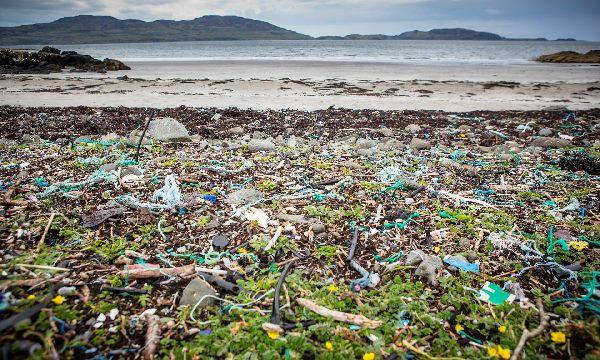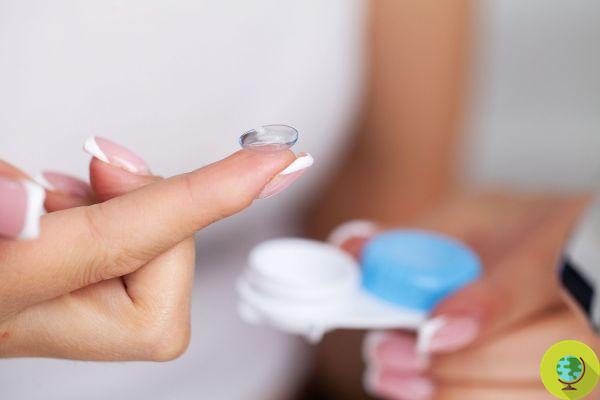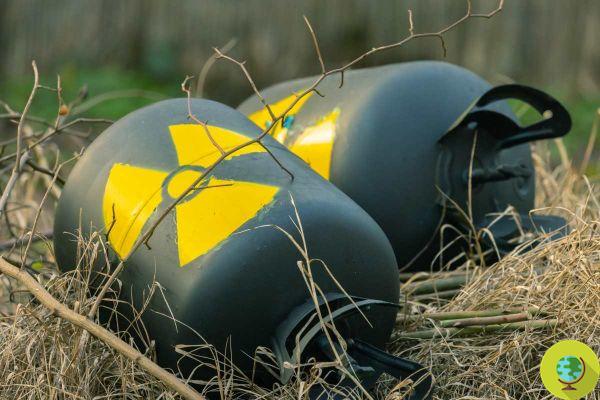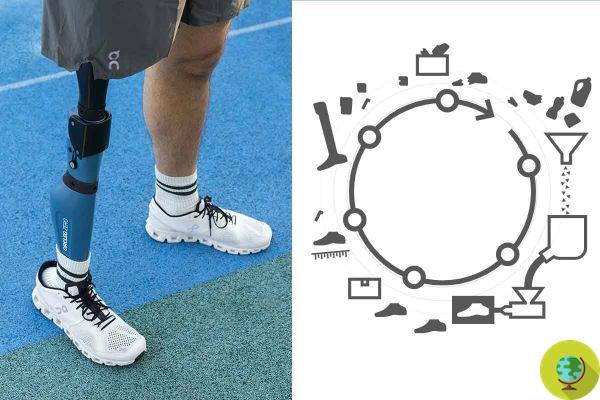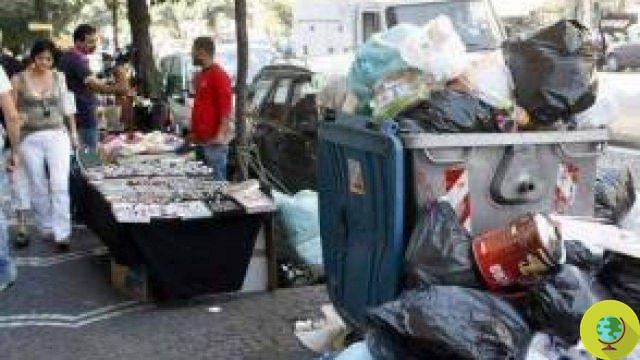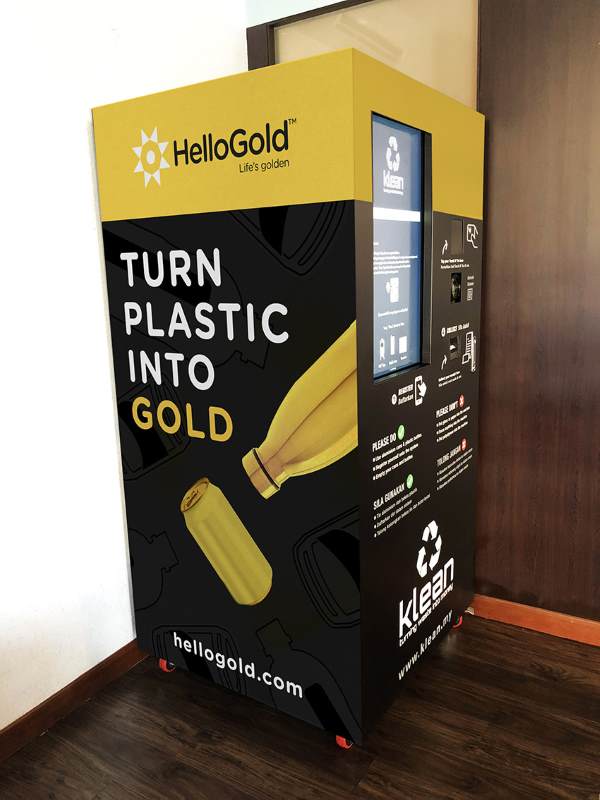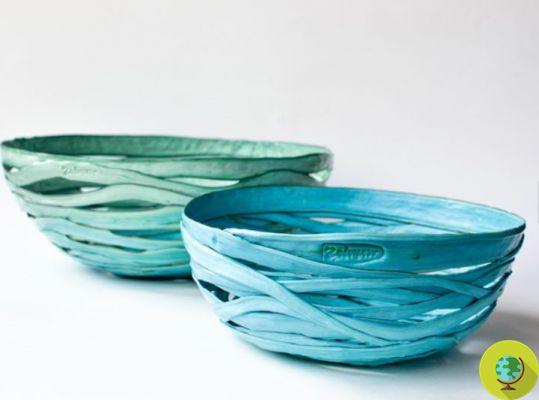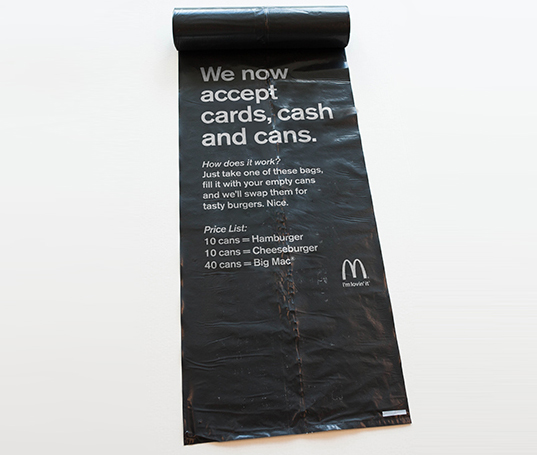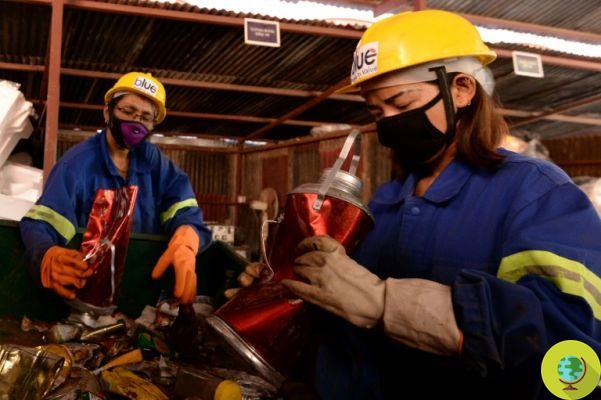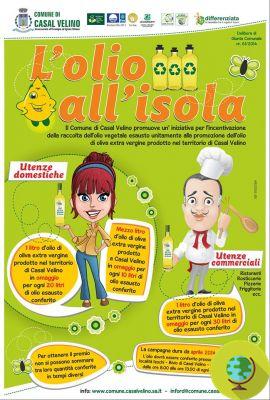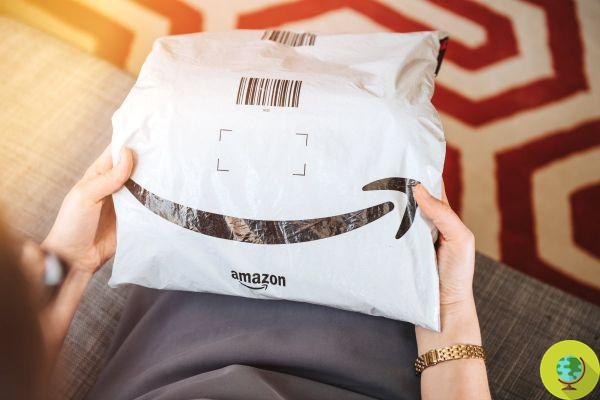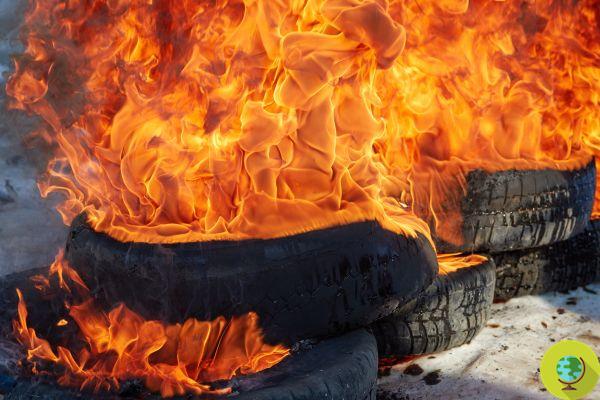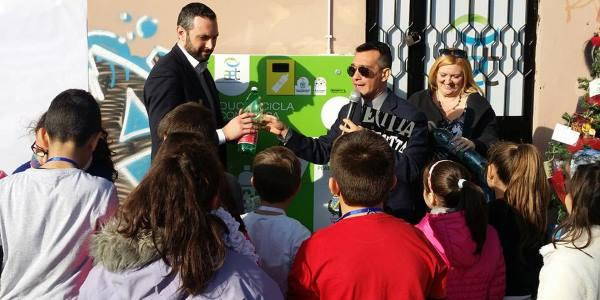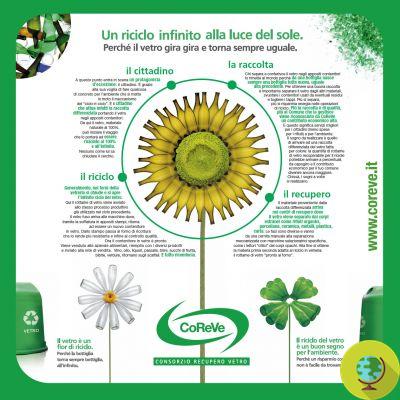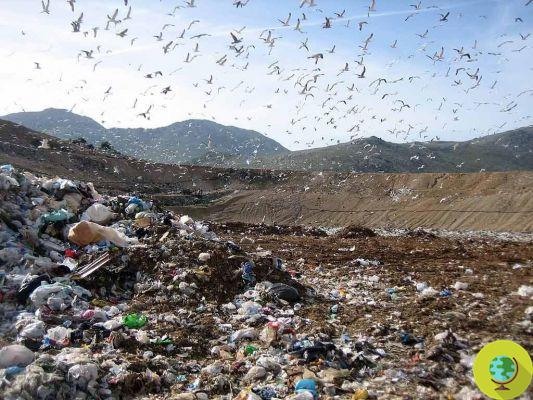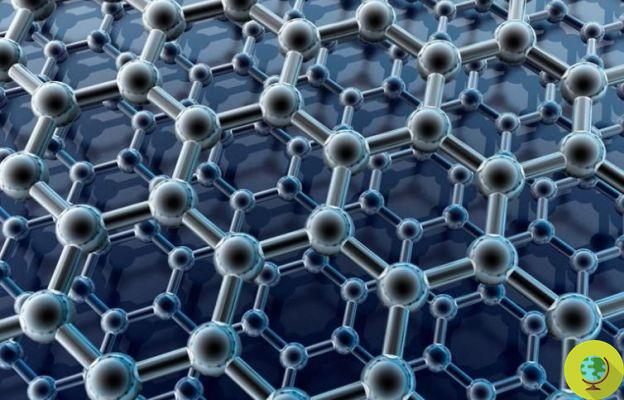
Food waste is not a burden but a wealth. With this in mind, a team of scientists from the City University of Hong Kong is experimenting with new techniques to convert them into graphene. But it is not the only one. Europe is also working on this trend to also produce hydrogen
He is about to end up run over, his mother saves him
Graphene and hydrogen are produced from food waste
How to get graphene and hydrogen using food waste
I waste food they are not a burden but a wealth. Starting from this assumption, a team of scientists from the City University in Hong Kong is experimenting with new techniques to convert them to graphene. But he is not the only one. Me too'Europe is working on this trend to also produce hydrogen.
Cocoa beans, rice, fruit peels, leeks and asparagus are just some of the remains of wasted food products that could instead be treated until new materials, with significant environmental benefits.
Chinese scientists they found out that can transform coffee grounds and past baked goods - and sourced from local Starbucks - in a sugary solution that could be used to make plastic.
The substance was obtained by mixing it with bacteria which, by fermenting, produced succinic acid, a substance that can be found in a wide range of fibers, fabrics and plastics.
Versatile and ecological, the graphene it has already been the focus of other research, for example in reclamation of water from hazardous waste or in the clean energy and photovoltaic sector. But now the material could be extracted from municipal organic waste, which grows every year in Hong Kong.
For the latter, in fact, the problem of food waste is imminent and serious. In recent years, the quantity generated each day has shown an increasing trend, from 3.155 tons in 2002 to 3.584 tons in 2011. According to a report by Department of Environmental Protection, food was the main component of municipal solid waste. A real treasure if exploited with intelligence.
Engineers at the Colorado School of Mines have also discovered a way to turn banana peels, egg shells, and rice husks into glass. By mixing and drying these substances to a fine powder, the scientists created a mixture that could provide some of the metal oxides needed in the composition of the glass.
Not just China and the USA. Me too'Europe aims to transform i food waste in graphene and other substances. An EU project, called PlasCarb, is studying the technique of anaerobic digestion in which waste produces biogas. So far this is not a big news. But PlasCarb took it one step further.
"Together with an innovative low-energy plasma reactor we convert biogas from anaerobic digestion, especially methane and carbon dioxide, into graphitic carbon (from which graphene comes) and renewable hydrogen", explains il capoprogetto Neville Slack.
Il graphene and hydrogeno produced using surplus food are desirable alternatives, but despite the prospects they offer, they are still a long way from large-scale production. According to Slack, PlasCarb it is still at the beginning. A one-month test still has to be carried out in which 150 tons of food will be transformed into 25.000 cubic meters of biogas and then into graphite carbon and renewable hydrogen. The results give the team further insights into the possibility of using this technique to obtain new materials from waste.
Francesca Mancuso
READ also:
4 ways to transform food waste into raw materials
Graphene, the eco-sustainable material of the future: here are its possible "green" applications
The windows clean themselves in the sun thanks to graphene
Graphene: eco-sustainable material of the future, from smartphones to photovoltaics
How to reclaim water from hazardous waste thanks to graphene




